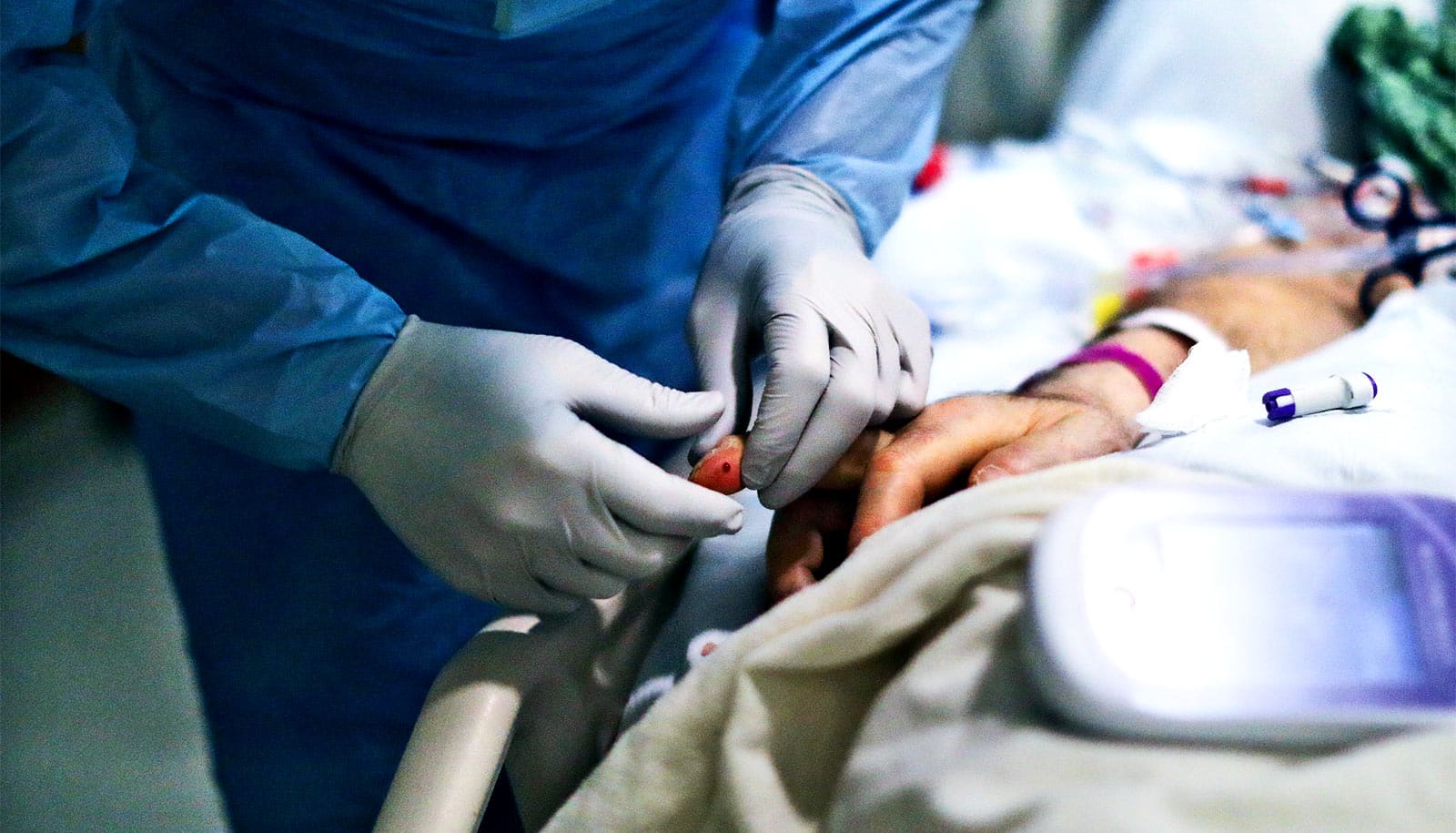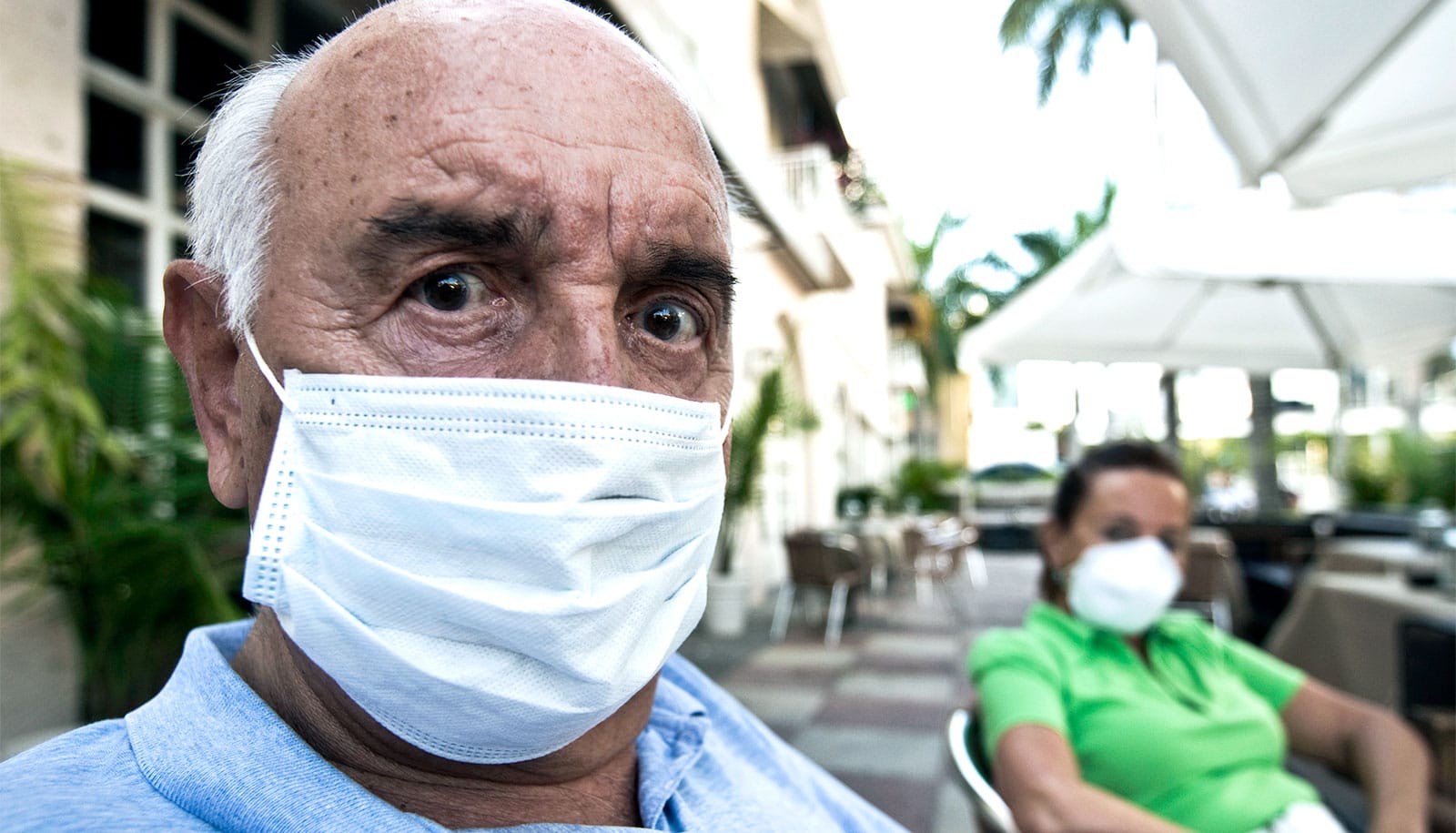After noticing unusual blood clotting in many patients diagnosed with COVID-19, doctors believe there may be a connection to the thickness of their blood, known as hyperviscosity, with inflammation and clotting.
“It has been a mystery why so many patients with COVID-19 have had atypical blood clots.”
“It has been a mystery why so many patients with COVID-19 have had atypical blood clots. We realized we needed to think beyond our typical testing strategies to understand why this might be happening,” says lead author Cheryl Maier, an assistant professor of coagulation and transfusion medicine in the pathology and laboratory medicine department at the Emory University School of Medicine, as well as medical director of the Special Coagulation Laboratory.
“Blood needs to flow smoothly for proper circulation throughout the body. Imagine the difference between something flowing like molasses or honey, instead of like water.”
The correspondence, which links hyperviscosity and severity of illness, appears in The Lancet.
The researchers tested plasma viscosity (thickness of blood plasma) in 15 critically ill COVID-19 patients with pneumonia who were admitted to Emory Healthcare intensive care units (ICUs). All of them had plasma viscosity levels above the normal range. The sickest patients had the highest plasma viscosity levels, more than double normal levels, and were also more likely to have a blood clot.
Many anti-clot medications are commonly called blood thinners, yet they work by blocking factors involved in the clotting process and not by actually making the blood less viscous or thin.
“Despite prescribing medications to prevent blood clots to COVID-19 patients, clotting still occurred, which is quite unusual,” says Maier. “One thing that stood out was the extremely high levels of fibrinogen, a big sticky protein that increases with inflammation and is a key building block for making blood clots.”
Maier realized that fibrinogen can also increase plasma viscosity, so the team turned to viscosity testing, which uses an old-fashioned laboratory test with glass tubes to help determine blood thickness.
The team is actively exploring alternative treatment options based on this new finding, including the use of therapeutic plasma exchange, which thins the blood and is a standard treatment for other conditions associated with hyperviscosity.
“During plasma exchange the plasma of COVID-19 patients is replaced with donated plasma,” explains Maier. “This reduces the viscosity by normalizing the fibrinogen and other factors contributing to the stickiness and, potentially, may reduce clotting. Still, correlation does not mean causality, and we need to study this in large trials to understand whether viscosity is simply a marker of disease or actually contributing to clotting.”
As for the take home message, Maier says, “COVID-19 is a unique disease. There is more going on with these atypical blood clots than we first realized. Hyperviscosity may be an important piece of the puzzle in linking inflammation to clotting.”
Source: Emory University



